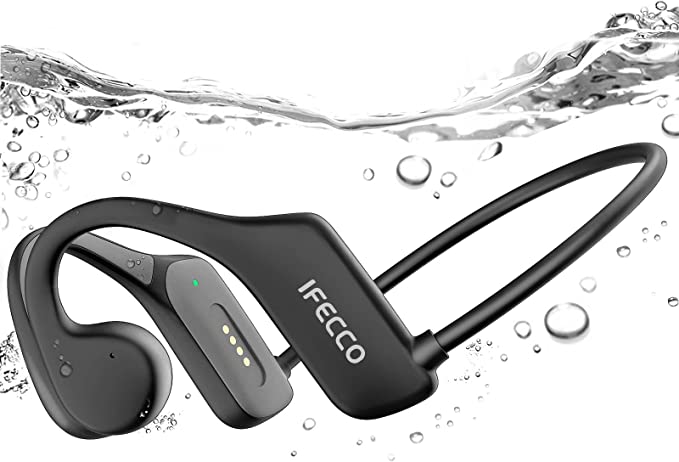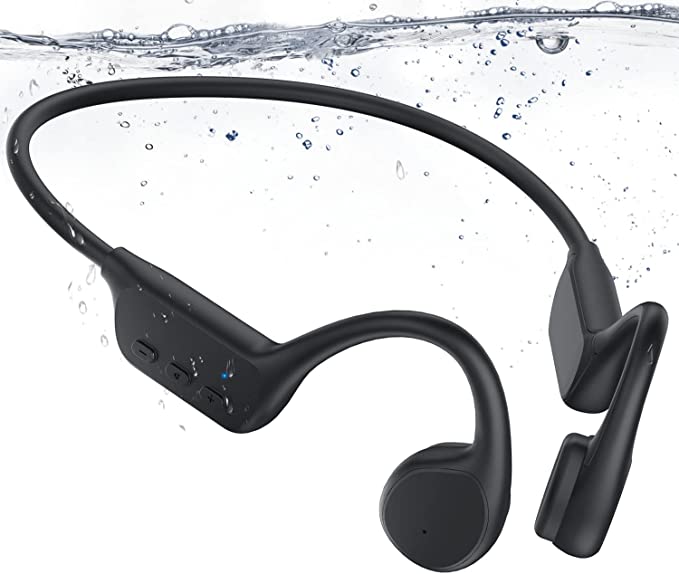The Manual That Breathes: For Complex Tech, the Community is the Support System
Update on Oct. 20, 2025, 6:50 a.m.
It’s 11 PM. You’re obsessed with your new electric unicycle, but a persistent, squeaking noise is driving you mad. You check the sparse paper manual—nothing. You email customer support, knowing you won’t get a reply for days. In quiet desperation, you post a short video of the noise to a Facebook group for EUC riders. Within fifteen minutes, three different people have replied: “Ah, the classic V11Y suspension squeak. You need a dry PTFE lubricant. Don’t use WD-40, it’ll make it worse.”
Problem solved.
This scenario, repeated thousands of times a day across countless niche hobbies, highlights a fundamental shift in our relationship with technology. For complex, rapidly evolving products like a high-performance EUC, the most important feature isn’t listed on the spec sheet. It’s the user community. When a product’s official documentation is described as “horrible” and its app gets a two-star rating, the community isn’t just a nice-to-have bonus; it becomes the product’s real, living user manual.

The Paper Manual is Dead
In the past, a product came with a thick, printed manual—a definitive source of truth. But for a device that receives firmware updates, has a complex mechanical system, and a steep learning curve, a static document is obsolete the moment it’s printed. The official instructions often fail to capture the nuances of real-world use, the weird quirks that only appear after 100 miles, or the clever workarounds discovered by dedicated users.
This creates a support vacuum. User reviews citing a “total disaster” with customer service or tech support being “nowhere to be found” show what happens when this vacuum isn’t filled. But for successful niche products, it almost always is.
The Birth of the Living Manual
The official manual gathers dust in the box, a relic from a bygone era. In its place, something far more powerful and organic has emerged. It’s not printed on paper; it’s written in the code of conversation, in the pixels of tutorial videos, and in the shared experience of thousands of users. This is the Living Manual.
It’s a decentralized, peer-to-peer knowledge base that is constantly being written, edited, and updated by its users. It lives on Reddit, in Discord servers, on YouTube, and in Facebook groups. It is more comprehensive, more responsive, and often more accurate than any official documentation could ever hope to be.
The Core Functions of the Living Manual
This community-driven organism ends up performing the roles of several corporate departments, for free.
- The 24/7 Diagnostics & Repair Shop: As in our opening example, the community is an unparalleled resource for troubleshooting strange noises, error codes, and hardware failures. The collective intelligence of thousands of owners can diagnose a problem faster than a single support technician ever could.
- The Beta Testing & Software Support Team: When a new firmware update causes unexpected issues or an app fails to connect, the community becomes a real-time bug-reporting and solution-sharing hub long before the developers are aware of the problem.
- The New User Training Academy: The most effective “how to ride” tutorials are not made by the companies, but by passionate users on YouTube. They share safety tips, gear recommendations, and psychological encouragement that is far more relatable and effective than a sterile official guide.
- The Unofficial R&D Department: The most advanced users, or “lead users,” are constantly pushing the boundaries of the product. They design and 3D-print better bumpers, experiment with different tires, and write custom firmware—innovations that often inspire the manufacturer’s next official model.
Of course, this Living Manual can have its “typos.” Misinformation can spread, and debates over the “best” way to do something can be fierce. It requires a discerning reader to cross-reference advice. But the self-correcting nature of a healthy community, where good advice is upvoted and bad advice is challenged, makes it remarkably resilient.
Coexisting with the Living Manual
So, this community-driven entity ends up performing critical product functions. This raises a crucial question for the manufacturer: is this entity a threat, or is it your greatest untapped asset?
A company that views its community as a threat will try to control the conversation or shut down unofficial repairs. This always fails. A smart company sees the community as a partner. It embraces the Living Manual by:
* Listening: Monitoring community feedback to identify common problems and ideas for improvement.
* Supporting: Making spare parts available and releasing schematics to empower user repairs.
* Collaborating: Officially recognizing community experts, sponsoring events, and creating a formal channel for feedback.

Conclusion: You’re Buying a Ticket to a Community
In the modern world of complex tech, you’re not just buying a piece of hardware. You are buying a ticket of admission to the community that has formed around it. That community’s health, knowledge, and willingness to help will define your user experience far more than the product’s out-of-the-box features.
The Living Manual is a testament to the human desire to connect, solve, and share. It proves that for the most challenging and rewarding products, the people who use them are not just consumers. They are co-creators of the experience, and the authors of the only manual that truly matters.









